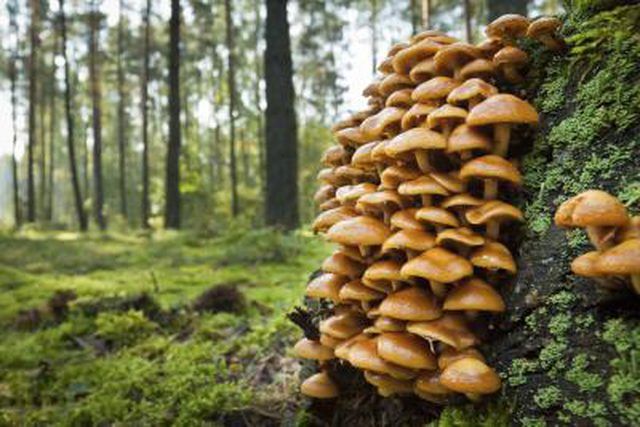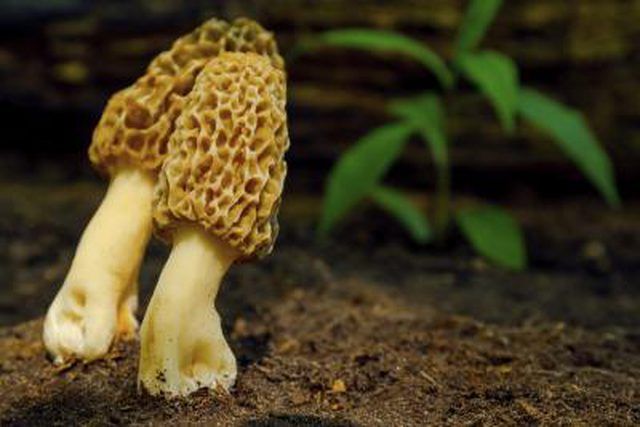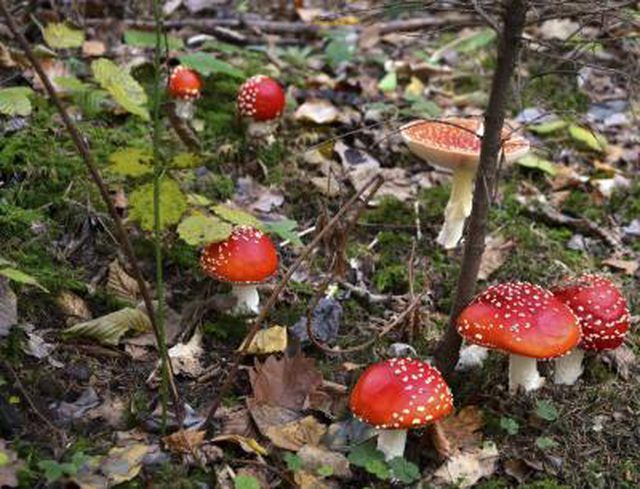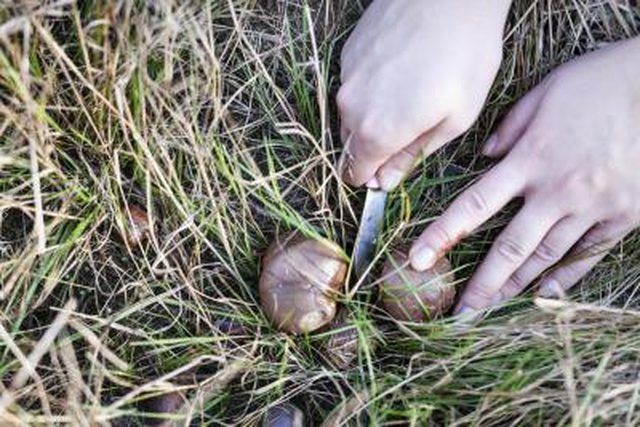Bulbs
Flower Basics
Flower Beds & Specialty Gardens
Flower Garden
Garden Furniture
Garden Gnomes
Garden Seeds
Garden Sheds
Garden Statues
Garden Tools & Supplies
Gardening Basics
Green & Organic
Groundcovers & Vines
Growing Annuals
Growing Basil
Growing Beans
Growing Berries
Growing Blueberries
Growing Cactus
Growing Corn
Growing Cotton
Growing Edibles
Growing Flowers
Growing Garlic
Growing Grapes
Growing Grass
Growing Herbs
Growing Jasmine
Growing Mint
Growing Mushrooms
Orchids
Growing Peanuts
Growing Perennials
Growing Plants
Growing Rosemary
Growing Roses
Growing Strawberries
Growing Sunflowers
Growing Thyme
Growing Tomatoes
Growing Tulips
Growing Vegetables
Herb Basics
Herb Garden
Indoor Growing
Landscaping Basics
Landscaping Patios
Landscaping Plants
Landscaping Shrubs
Landscaping Trees
Landscaping Walks & Pathways
Lawn Basics
Lawn Maintenance
Lawn Mowers
Lawn Ornaments
Lawn Planting
Lawn Tools
Outdoor Growing
Overall Landscape Planning
Pests, Weeds & Problems
Plant Basics
Rock Garden
Rose Garden
Shrubs
Soil
Specialty Gardens
Trees
Vegetable Garden
Yard Maintenance
Guide to Identifying Wild Mushrooms
Guide to Identifying Wild Mushrooms. Mushroom collectors rely on training from courses and printed reference guides to identify wild mushrooms instead of trusting their eyes. Many species of mushroom resemble one another, including poisonous varieties.
Mushroom collectors rely on training from courses and printed reference guides to identify wild mushrooms instead of trusting their eyes. Many species of mushroom resemble one another, including poisonous varieties.

Some mushrooms have recognizable basic shapes, such as the wrinkled surface of the morel or the rounded contours of the giant puffball, according to Ohio State University. Collectors refer to field guides to evaluate the mushroom’s appearance, habitat and spore print. Collectors make spore prints by placing a moist mushroom cap on a piece of white paper to see the impression made by the spores.

Collectors face a challenge in identifying wild mushrooms as many species can appear practically identical to each other, according to Utah State University. Many harmless-looking mushrooms contain deadly toxins. Ohio State University warns that many myths about how to identify harmful mushrooms have no basis in truth.

Utah State University advises any would-be mushroom collector to take a course on the subject at a local university, botanical facility or mushroom club before trying to identify wild mushrooms. Collectors should never eat any wild mushroom until they have identified it beyond all doubt.
